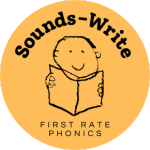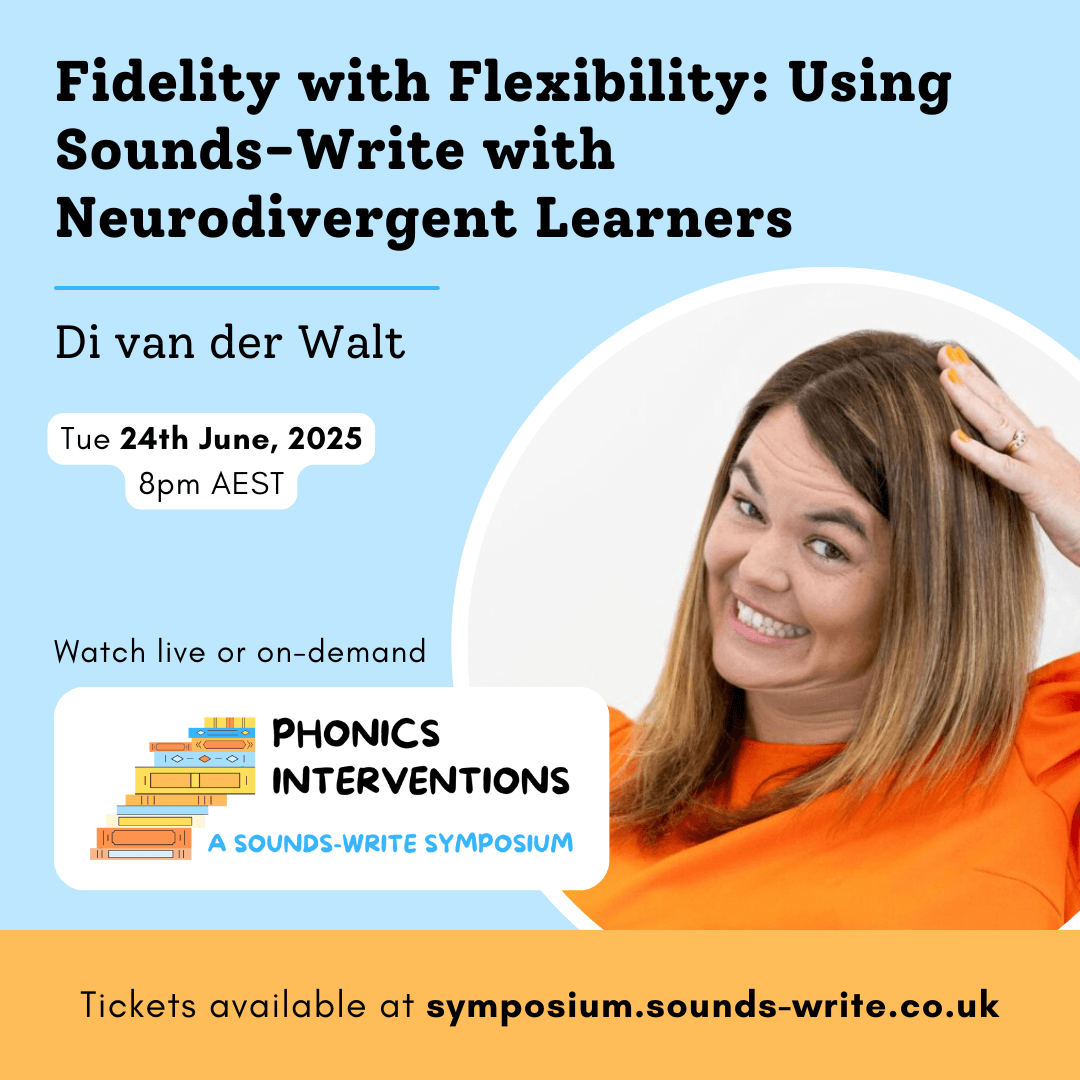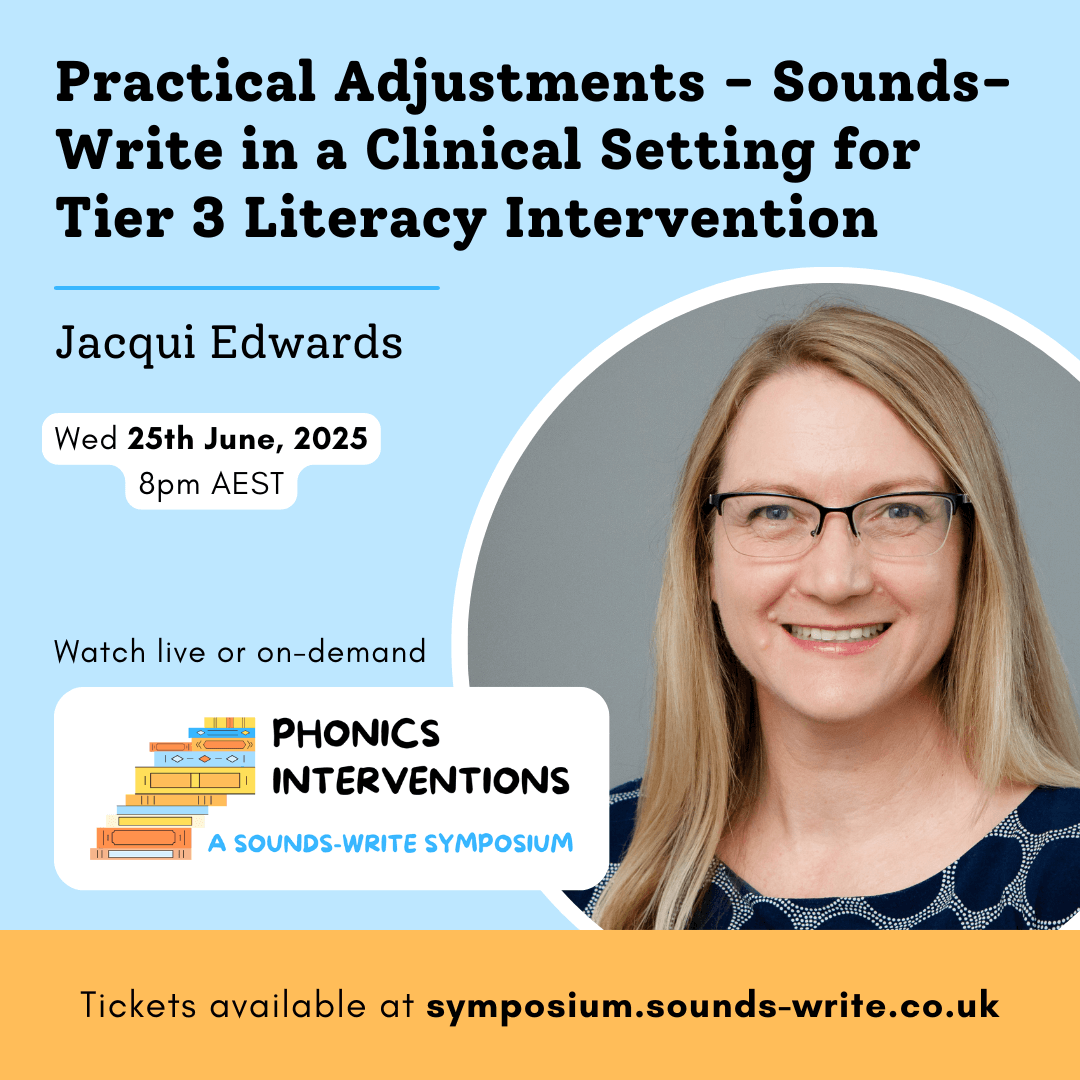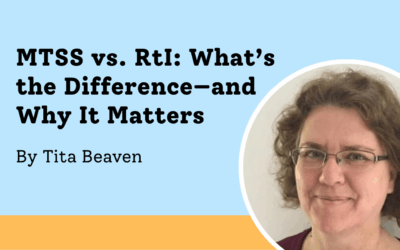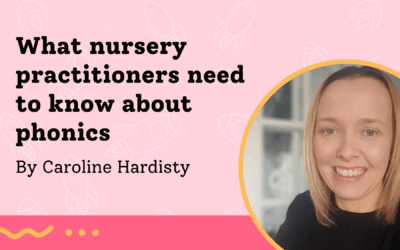Inspired by the 2025 Sounds-Write Symposium presentation by Jacqui Edwards and Di Van der Walt
Introduction
Students with complex profiles of neurodivergence often present unique challenges—and opportunities—in the classroom. One such profile is Pathological Demand Avoidance (PDA), a subtype within the autism spectrum characterized by an overwhelming need to resist everyday demands due to heightened anxiety and a drive to preserve autonomy.
At the 2025 Sounds-Write Symposium, Jacqui Edwards, a reading specialist at Speld SA, and Di Van der Walt, a speech pathologist and founder of Perth Hills Allied Health (WA), delivered a compelling session focused on adapting structured phonics instruction for students with PDA.
Their presentation emphasised that while program fidelity remains essential, so too does the need for flexibility—especially for students who experience traditional approaches as threatening or overwhelming.
This blogpost synthesises their insights, offering educators, tutors, and allied health professionals practical, research-aligned strategies to support PDA learners in structured literacy environments.
Sounds-Write Symposium 2025
Purchase an All Access Pass to receive lifetime access to over 30+ talks from experts in literacy and education.
Understanding PDA in the educational context
PDA is not a behaviour problem; it is a nervous system response to perceived loss of control. Students with this profile often exhibit “fight, flight, freeze, or flop” behaviours when faced with what might seem to be simple tasks or routines. These reactions are often mistaken for oppositional defiance but are, in fact, involuntary and protective.
“It’s a ‘can’t’, not a ‘won’t’,” explained Jacqui, who works with a 10-year-old student presenting with PDA, dyslexia, dysgraphia, ASD, and auditory processing disorder. This student often diverts or refuses tasks, not due to wilful disobedience but as a means of self-regulation and control.
Di added that many students—especially those in upper primary years—may not have a formal PDA diagnosis but still display similar avoidance behaviours due to years of negative academic experiences. Demand avoidance, in these cases, becomes a learned protective mechanism:
They’re over it. History has taught them that when they try to do these things, it’s too hard—and it’s not good for them.
Understanding PDA as an adaptive, anxiety-driven response is crucial for designing effective and compassionate interventions.
Seven evidence-aligned strategies for supporting students with PDA
Jacqui and Di shared a range of strategies grounded in both practice and neuroaffirming principles. These seven key approaches can help educators maintain instructional fidelity while adapting delivery to the needs of PDA learners.
- Reframe demands as choices
PDA students often interpret direct instructions as threats. To reduce this perception, educators can use declarative language and offer tasks as invitations or options.
Instead of: “Write the word ‘dog’.”
Try: “Would you like to use the whiteboard or sticky notes for this word?”
When first working with a new student, Di often blends literacy activities with other options, such as colouring or puzzles, allowing the student to choose—thereby lowering anxiety and increasing voluntary participation.
- Celebrate small wins
Progress with PDA students is rarely linear – but it’s deeply meaningful.
- One word written = a win
- Staying in the room = a win
- From writing 2 words to full 30-minute lessons over time = a huge win
As Di puts it, “Celebrate the small steps, and let the growth be at the child’s pace.”
- Use controlled, scaffolded choices
Providing a limited set of structured choices supports autonomy without overwhelming the student.
Jacqui described initially presenting multiple visual activity options, but later shifted to offering two verbal choices when her student found the visuals overstimulating. Di echoed this approach, providing choices such as using tiles vs. a pen for word-building, or sitting vs. standing for an activity.
- Incorporate play and student interests
Embedding student interests into phonics tasks can significantly reduce perceived demand and increase engagement.
- Di created phonics activities using Pokémon-themed tiles or by hiding sounds for word building around the room for a movement-based treasure hunt.
- Her student once “taught” Optimus Prime how to do a Sound Swap activity—a task that felt playful, safe, and student-led.
- Jacqui used plastic eggs containing words and pictures, transforming matching and decoding into a tactile, game-like experience.
“You can be so creative with this. Build around their passions and you’re halfway there,” Di noted.
- Respect refusals and plan with flexibility
Refusal is not failure—it’s information. Both practitioners advocate for over-planning sessions to allow for flexibility and autonomy.
- Jacqui plans for ten activities, aiming to complete three.
- Di described starting with just two words per session and slowly building trust and capacity. After 14 months, her student was able to complete a full Sounds-Write session, including dictation and Sound Swap.
Celebrate the small steps and let the growth be at the child’s pace.
- Collaborate with parents and carers
Parents and carers are essential allies in understanding the student’s triggers, regulation strategies, and motivational drivers.
- Di emphasised relational trust: parents and carers feel seen when educators acknowledge dysregulation and adjust expectations accordingly.
- Jacqui shared that her student’s parent uses humour or gentle empathy to diffuse moments of escalation. This co-regulation strategy was integrated into their intervention routines.
- Adapt the environment for sensory regulation
PDA learners often have co-occurring sensory processing sensitivities. Adjusting the environment to minimise triggers supports emotional regulation and task engagement.
- Avoid strong smells (e.g., perfume, mandarins, sanitiser)
- Provide sensory tools: crayon rocks, wobble cushions, gym balls, or textured writing surfaces
- Integrate movement-based regulation: rolling on a peanut ball, animal walks, or standing while writing
- Remember that validating a child’s dysregulation—rather than pushing through—can prevent meltdowns and strengthen trust with families.
These adjustments not only support regulation but also communicate respect for the learner’s sensory needs, building safety and trust.
“When educators adapt instead of escalate, it shows students they’re safe—and shows parents they’re understood.”
Case examples: literacy adaptations in action
🥚 Plastic egg activities (Jacqui)
Used for CVC word matching and decoding. Students matched pictures with words inside plastic eggs, then stacked them into towers—turning literacy into a tactile, game-like task.
📋 Crayon rocks (Jacqui)
Crayon rocks strengthened grip while removing the stress of conventional writing implements.
🧱 Theme-based movement (Di)
Used Pokémon-themed tiles or Duplo blocks, hiding them around the room for a sensory-rich treasure hunt. Movement combined with sound manipulation increased engagement without direct demand.
🔍 Choice and voluntary participation (Di)
When offered several options, the student feels empowered because they have a choice of activity. Di sometimes models an activity such as sound sorting on the whiteboard, without expecting the students to participate, often leading to spontaneous participation.
Conclusion: flexible fidelity for neurodivergent learners
Supporting students with PDA is not about abandoning structure—it’s about prioritising relationship, regulation, and autonomy within the boundaries of a sound instructional framework. Both Di and Jacqui demonstrate that when educators meet students with flexibility, creativity, and trust, meaningful literacy growth is not only possible—it’s sustainable.
Neurodivergent students thrive in environments that respect their autonomy, honour their sensory needs, and value relationship as a foundation for learning.
Both Jacqui and Di use the Sounds-Write program as the foundation of their phonics instruction. While committed to maintaining program fidelity, they emphasise that effective support for PDA learners depends on thoughtful, student-led adaptations. Their practice illustrates that fidelity does not require rigidity; rather, it means delivering structured teaching in a way that remains responsive to each learner’s needs. In doing so, they preserve the integrity of the phonics program while creating space for safety, autonomy, and engagement.
By reframing demands as choices, embedding interest-based tasks, and collaborating closely with families, educators can create neurodiversity-affirming classrooms where every student feels safe enough to learn—and supported enough to succeed.
Further Learning
- Rewatch the Sounds-Write Symposium 2025 session with Jacqui Edwards and Di Van der Walt
- Connect with local networks exploring neurodiversity-affirming interventions
You may also like
Supporting Student Reading Success Through Assessment
The Sounds-Write Progress Checks are carefully designed to align closely with your daily phonics instruction. Far from being just another test, these checks are devised to feel like a natural extension of your Sounds-Write lessons, putting teaching and meaningful data...
MTSS vs. RtI: What’s the Difference—and Why It Matters
At this year’s Sounds-Write Symposium, Mandy Nayton, CEO of DSF in Western Australia, delivered a keynote that brought clarity to a question many educators grapple with: What’s the difference between MTSS and RtI—and does it really matter?Spoiler alert: Yes, it does....
What Nursery Practitioners Need to Know About Phonics
In nursery settings, practitioners do much more than help children socialise and play—they lay the crucial foundations for their future reading success. One of the most important things early years educators should understand is how spoken language connects to written...
